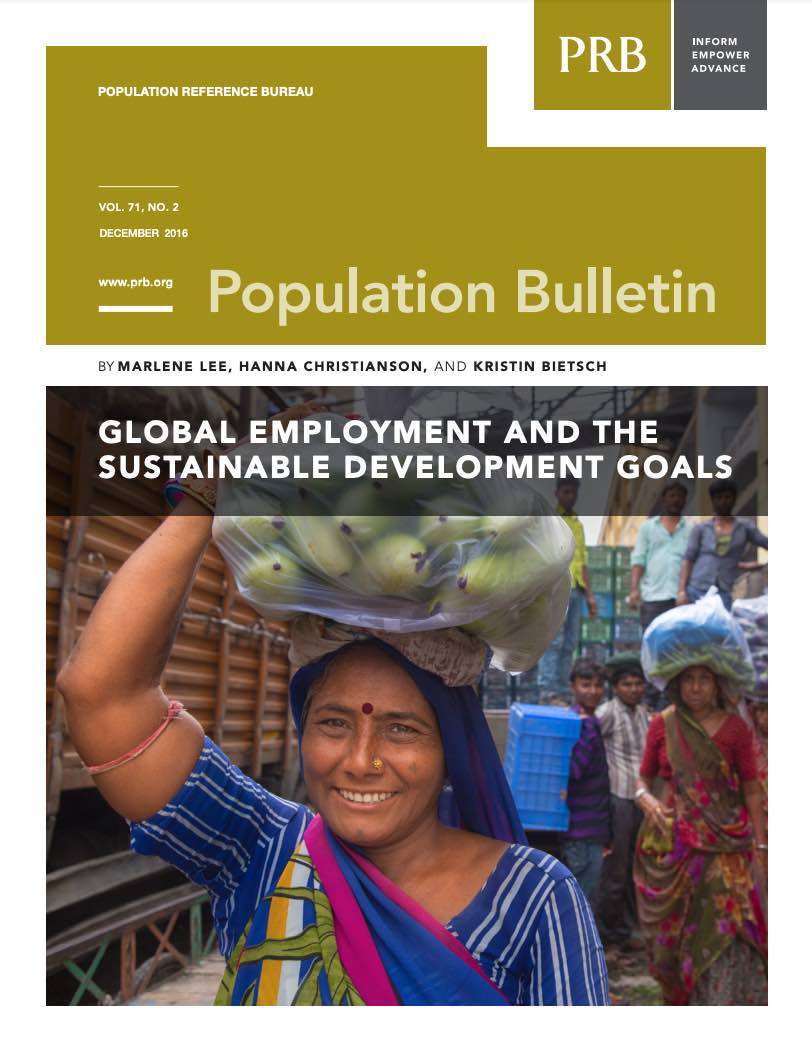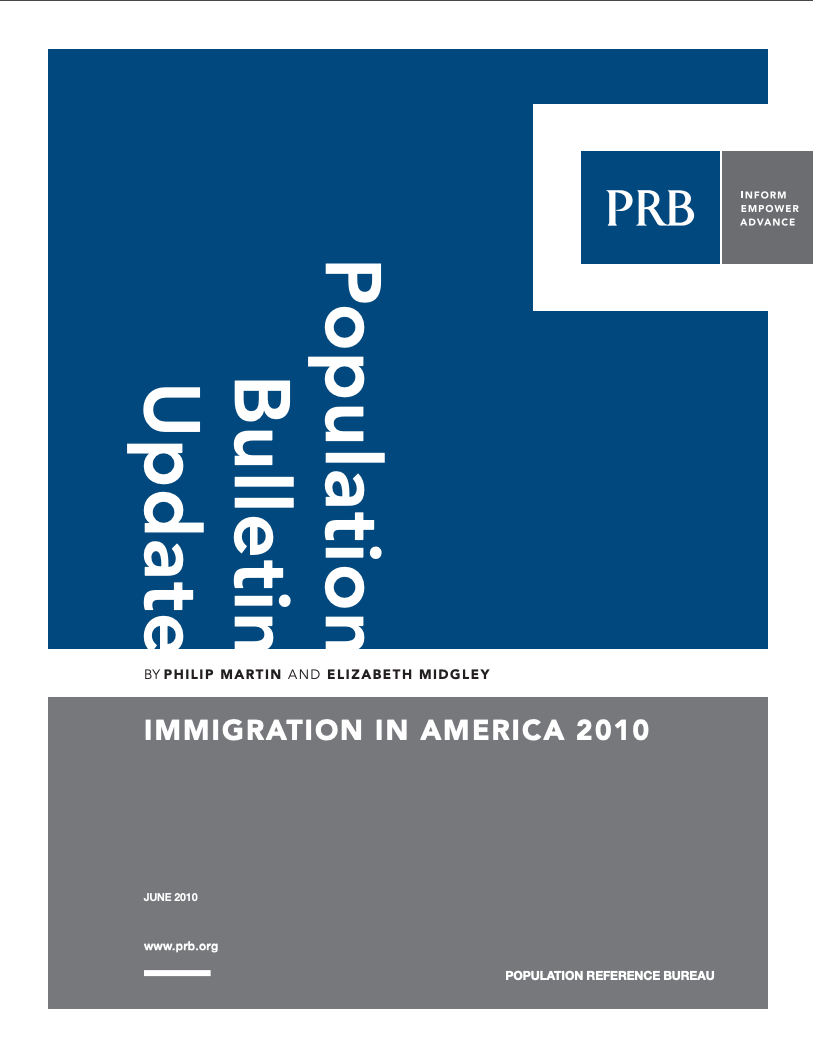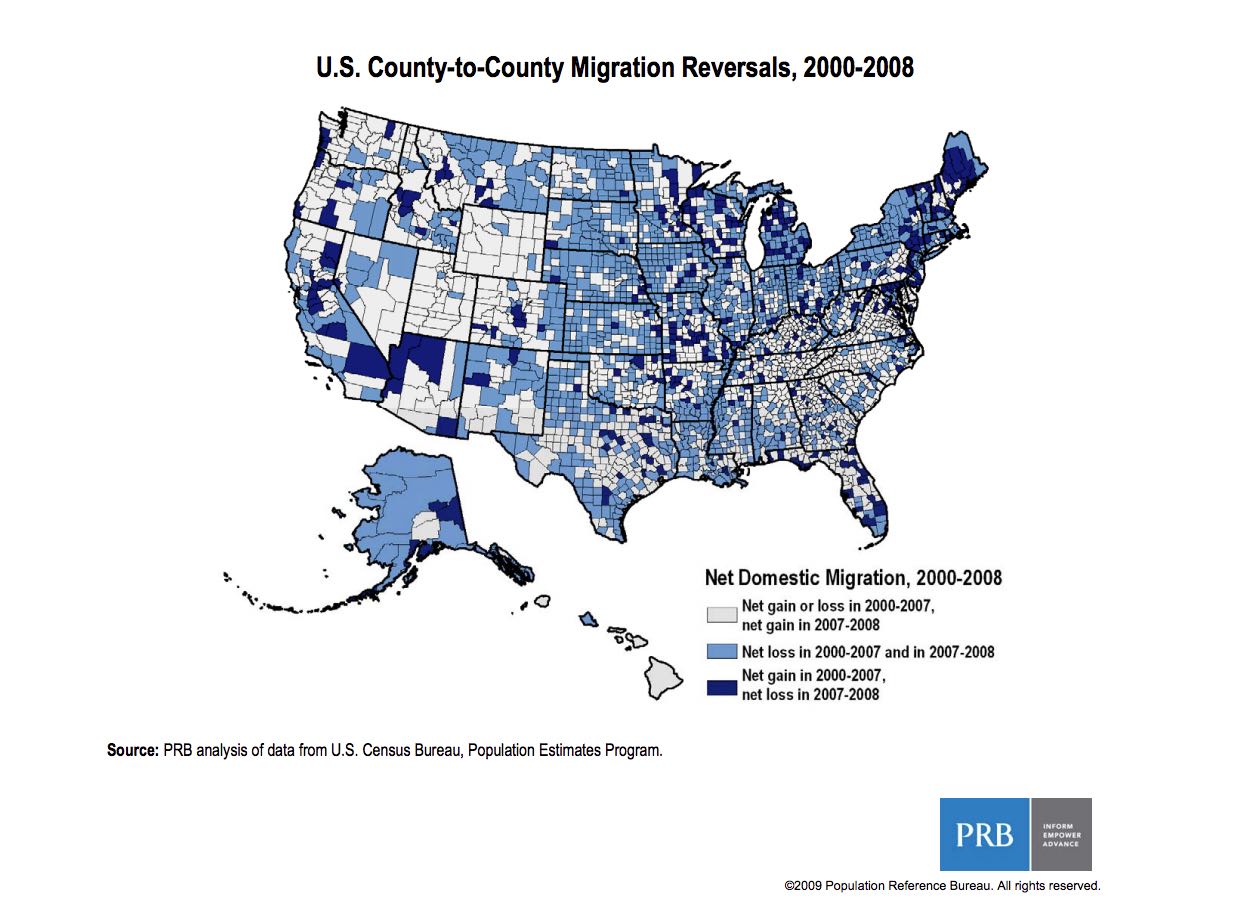Global Employment and the Sustainable Development Goals
The United Nations Sustainable Development Goal 8 calls for full and productive employment and decent work for all. In our latest Population Bulletin, we explain how demographic trends will have a bearing on whether and how rapidly this and other SDG goals are achieved.




